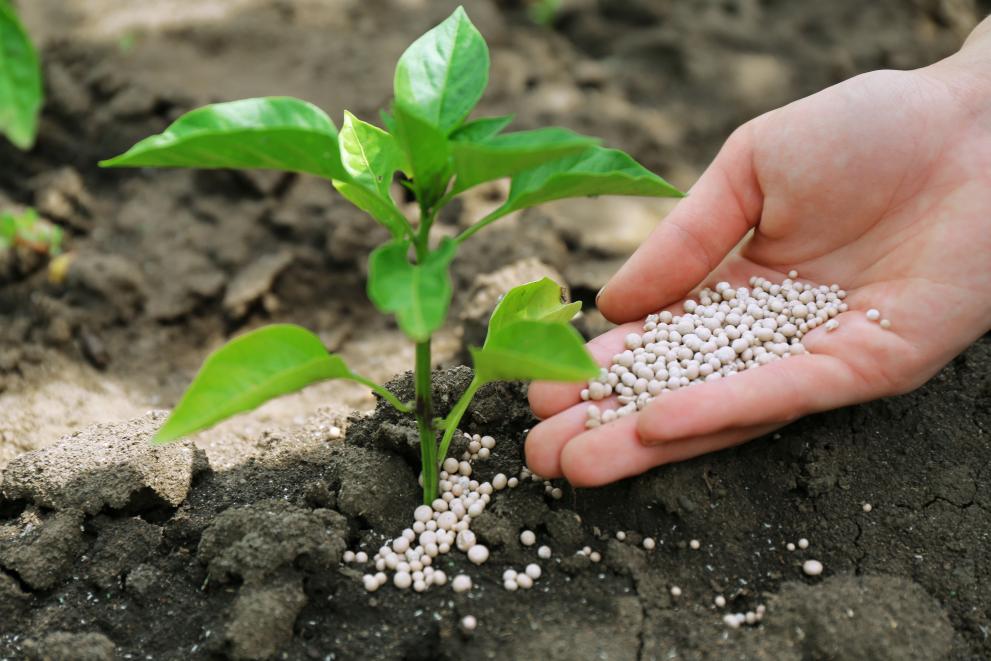
A study just published by the Joint Research Centre (JRC) in Nature Climate Change shows that soils can be a net sink of greenhouse gases through increased storage of organic carbon.
However, unless the use of fertilisers is adjusted to balance additional nitrogen inputs, any climate change mitigation benefit may be offset through higher nitrous oxide (N2O) emissions from soil.
Plants absorb carbon dioxide from the atmosphere and stabilise it in the soil.
In this way, soils can offset greenhouse gas emissions, if the volume of the carbon accumulated in the soil is more than that released back into the atmosphere.
Some land management practices have been shown to accelerate the release of carbon from the soil while others increase the soil's capacity to store it.
Several international initiatives driven by the United Nations Framework Convention to Combat Climate Change (UNFCCC) are promoting enhanced organic carbon sequestration in agricultural soils as a way to mitigate greenhouse gas emissions.
One example is the "4 per 1000" initiative which encourages stakeholders to transition towards a productive, highly resilient agriculture, based on the appropriate management of lands and soils.
However, the soil organic carbon and nitrogen cycles are closely linked.
This means that higher levels of carbon and nitrogen can lead to increased N2O emissions from soil, thus offsetting any climate change mitigation benefit associated with higher carbon content of soils.
To examine the relationship between land management and the soil carbon and nitrogen cycles, JRC scientists have set up a complex data-biogeochemistry modelling framework to calculate the net CO2 equivalent (CO2e) fluxes associated with representative carbon-mitigating agricultural practices.
The model was run on approximately 8,000 locations across the EU where the soil had been sampled and analysed as part of the EU's Land Use and Coverage Area Frame Survey (LUCAS).
"The model showed that practices based on crop residue retention and lower soil disturbance tend not to increase N2O emissions as long as carbon accumulation continues, which is likely until around 2040.
Afterwards, soil carbon sequestration will be moderately offset by increasing N2O emissions.
The introduction of nitrogen-fixing cover crops allowed higher carbon accumulation over the initial twenty years, but this mitigation gain was progressively offset by higher N2O emissions over time.
By 2060, about half of the sampling sites became a net source of greenhouse gases", explains agricultural scientist Emanuele Lugato, the lead author of the JRC paper.
The JRC paper concludes that significant CO2 mitigation can be achieved in the initial twenty to thirty years of any soil carbon management scheme which means that soil can and will mitigate climate change.
However, nitrogen inputs should be controlled through appropriate management practices to counteract N2O emissions from soil.
The study was recently published in Nature Climate Change: Mitigation potential of soil carbon management overestimated by neglecting N2O emissions
Related Content
Link to study: Mitigation potential of soil carbon management overestimated by neglecting N2O emissions
Details
- Publication date
- 6 March 2018
